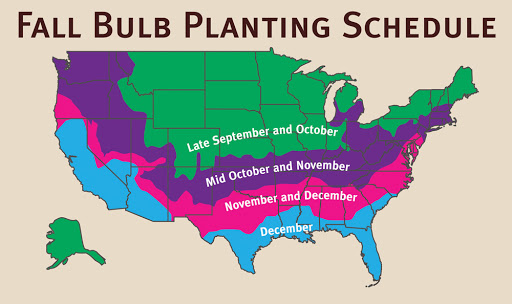Through the years I've tried just about everyone for bulbs but A.D.R. is tops. It's a family run business and the service levels and expertise are as good as the product they sell. My clients rave about the results we get with A.D.R. and that makes me happy.
Paul Keyes
, Paul Keyes Associates
« Previous Plant | Next Plant »
Iris Germanica 'Easter Candy'
Bearded Iris
Bearded Iris 'Easter Candy' is a softly colored tall bearded iris, reaching 37 inches in height. It features light yellow standards that contrast with pale lavender-blue falls, which deepen at the center. The yellow beards transition to lavender-blue at the tips, creating a harmonious blend of pastel tones.
This iris thrives in full sun to part shade and prefers well-drained soil with neutral to slightly alkaline pH. It is deer-resistant and produces multi-branched stalks, carrying up to a dozen buds per stem, ensuring an extended bloom season from early to late spring.
Recommended Substitutes for Iris Germanica 'Easter Candy'
Iris Germanica Calculator
When should I plant Iris Germanica 'Easter Candy'?

Growing and Maintenance Tips for Iris Germanica 'Easter Candy'
Planting: Plant rhizomes in late summer to early fall or early spring. Set them horizontally with the top of the rhizome just at or slightly above soil level. Space 12 to 24 inches apart for good air circulation.
Location: Full sun is ideal (6+ hours daily). In hot climates, light afternoon shade helps prevent leaf scorch.
Soil: Well-drained, moderately fertile soil with a neutral to slightly acidic pH (6.0–7.0). Avoid heavy or soggy soils—add grit or compost to improve drainage.
Watering: Water after planting and during dry spells. Once established, bearded irises are drought-tolerant and prefer drier conditions.
Temperature: Hardy in USDA zones 3–9. Tolerates cold winters and summer heat.
Fertilization: Apply a low-nitrogen fertilizer (e.g., 5-10-10) in early spring and again after blooming. Avoid overfeeding.
Pruning: Remove spent flower stalks and yellowing leaves. Cut foliage to 6 inches in late fall to reduce overwintering pests.
Propagation: Divide rhizomes every 3 to 4 years in late summer to maintain vigor and prevent overcrowding.
Pest & Disease: Watch for iris borers, soft rot, and leaf spot. Good drainage and air circulation help prevent issues.







Check back soon for additional details.